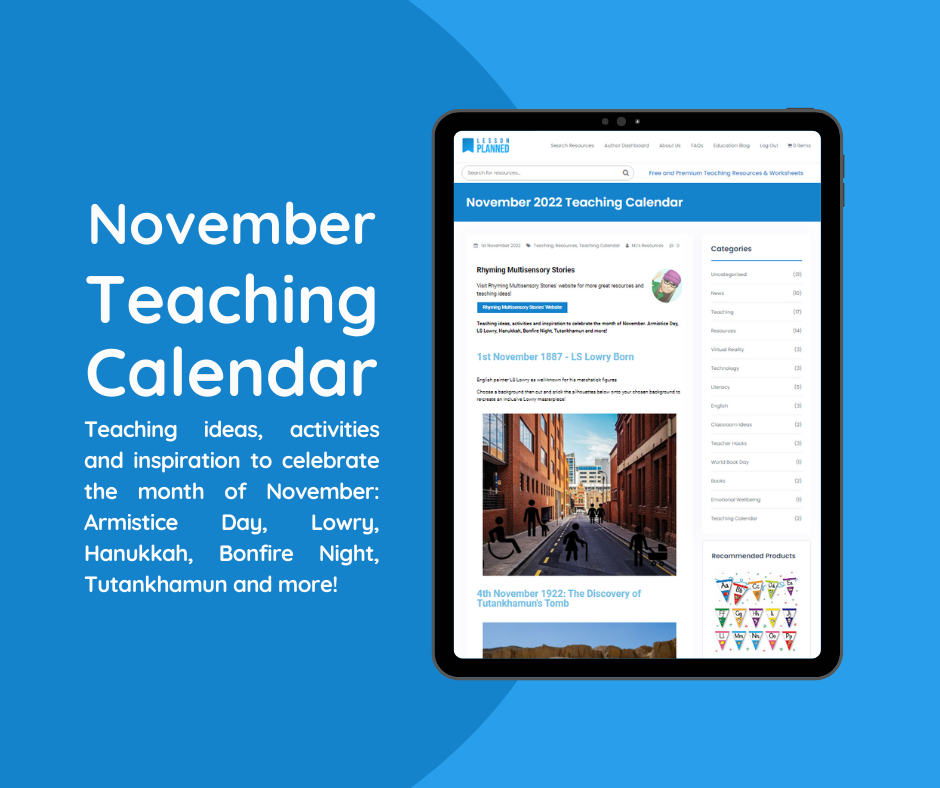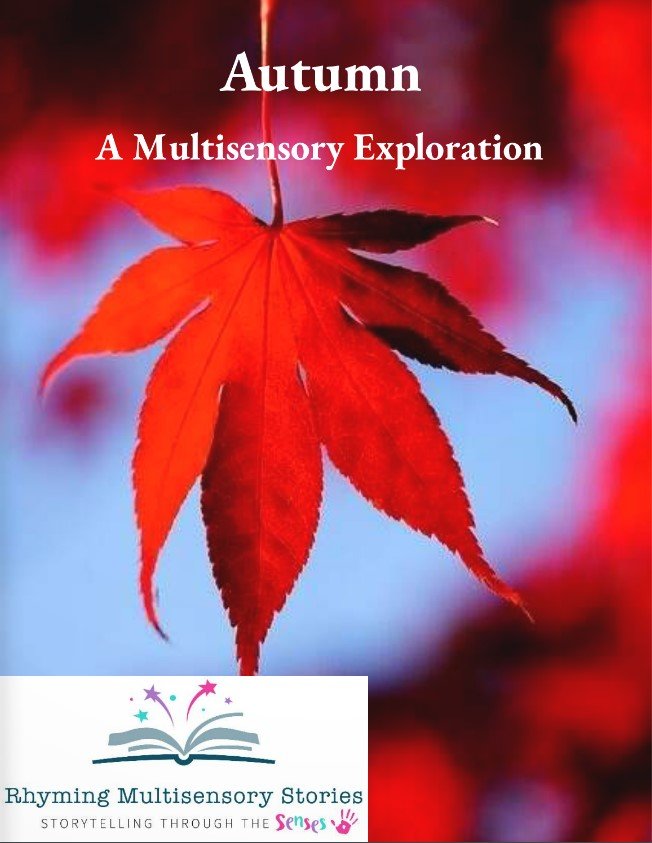- 1 November 2022
- Resources, Teaching, Teaching Calendar
- MJ's Resources
- 0
Teaching ideas, activities and inspiration to celebrate the month of November. Armistice Day, LS Lowry, Hanukkah, Bonfire Night, Tutankhamun and more!
1st November 1887 - LS Lowry Born
English painter LS Lowry as well-known for his matchstick figures
Choose a background then cut and stick the silhouettes below onto your chosen background to re-create an inclusive Lowry masterpiece!

4th November 1922: The Discovery of Tutankhamun's Tomb
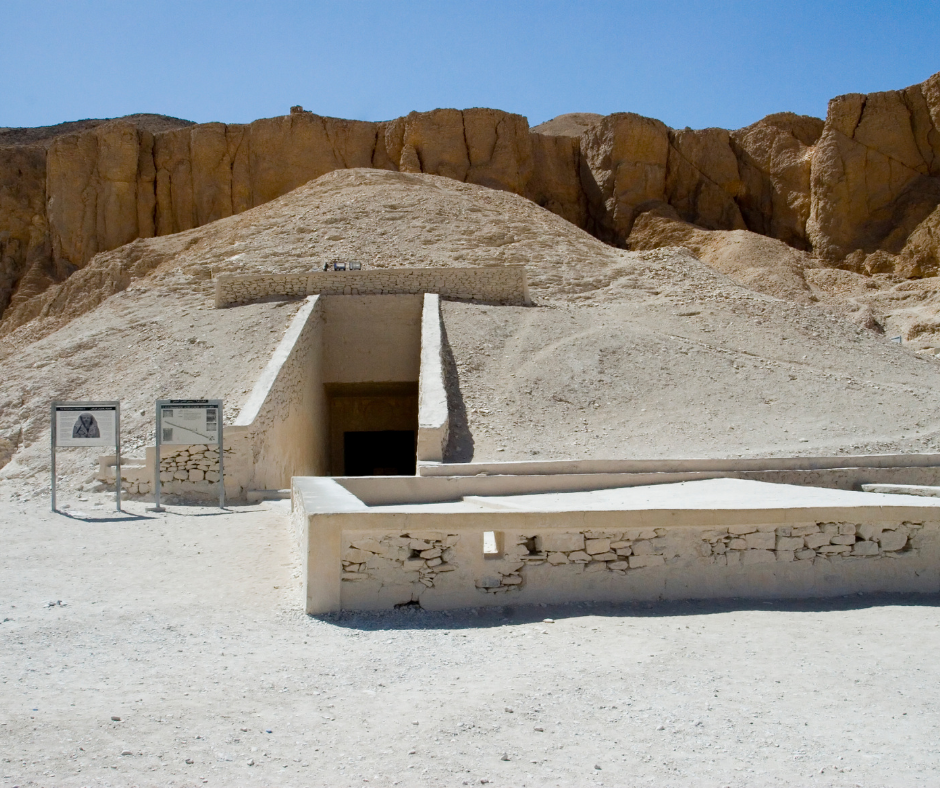
English archaeologist Howard Carter discovered the tomb of child-pharaoh Tutankhamun.
Re-create an Archaeological Dig
For authenticity bury items into the sandpit in the outdoor learning area. Alternatively, use a box, builders/Tuff Tray or large container.
The list below is based on items that have been unearthed from the Egyptian pyramids.
- Jars
- Dice
- Costume Jewellery
- Pottery
- Feathers
- Wood
- Bones
- Bandages
- Stones and rocks
- Sprigs of herbs
Provide Items to Promote Fine Motor Skills: Lidded containers for storing ‘finds’, paintbrushes (assorted sizes), a sieve, funnels, spoons, toothbrush, toothpicks, watering can/water spray bottle.
Provide Items to Promote Scientific Investigation: Camera, magnifying glass, notebook & pen for drawing and recording findings.
Encourage students to use the tools to unearth treasure and the record their findings.
Extend Learning
- Can the student describe the item or name the material it is composed of?
- Can the student tell you what an item might have been used for?
Tip!
Dim the lights in the classroom. Provide torches (a headtorch is a great hands-free option)
Fun Fact!
Garlic was discovered in Tutankhamun’s tomb. The ancient Egyptians believed it possessed magical powers.
Activity Idea:
Plant Garlic
Garlic grows well outside and is hardy to cold weather.
You will need
• Soil
• Garlic Bulb
• Water
Method
• Divide garlic bulb into cloves.
• Plant the garlic cloves pointy side up approx. 2cm directly into the soil (or if planting in pots, place the pots outdoors)
• Ensure the soil around the garlic does not dry out
• Harvest the garlic when then the leaves start to wither and turn brown but before all the leaves have died.
If you liked this, you might like…
The Romans – A Multisensory Adventure
Go back in time and join our Roman soldier on his adventures in the City of Chester
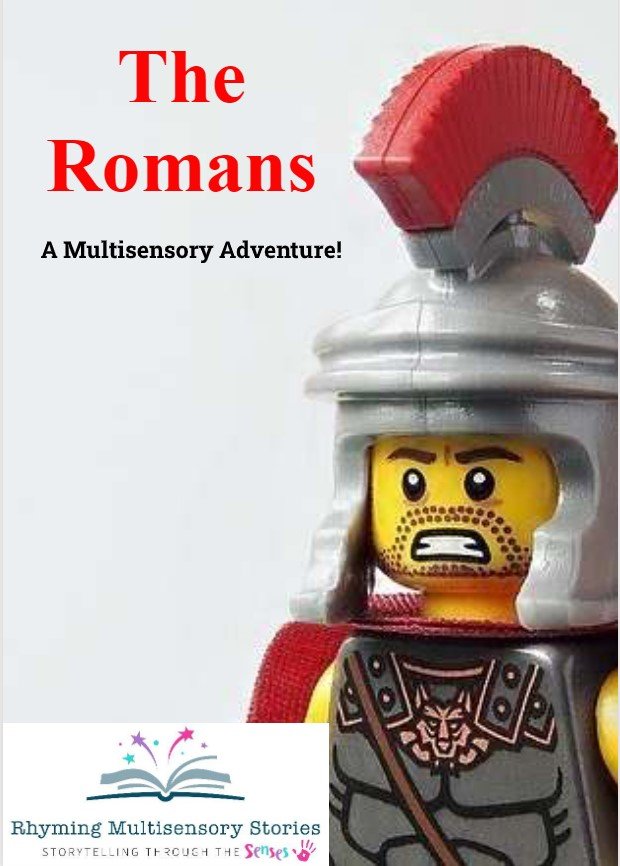
5th November: Bonfire Night

Create a Bonfire Night Sensory Bin.
- Place materials for students to make a ‘bonfire’ in the centre of the tray (leaves, twigs, pinecones)
- Add strips of yellow, orange and red tissue paper to recreate the flames.
- Add a guy.
- Add chalks for students to draw fireworks onto the Tuff Tray.
Create a Firework Display Picture
Lay a large sheet of black paper onto the floor. Take a selection of balls (spiky, tennis, ping pong etc) dip the balls into the paints then roll across the paper to create a firework display.
Make Edible Sparklers
You will need:
- Breadsticks
- Melted chocolate
- Sprinkles/popping candy
Dip the end of the breadstick into the melted chocolate then decorate using sprinkles or popping candy.
Make a Guy
Dig out those old clothes and stuff with straw or newspaper.
Place you guy at the school gates. Donate any money collected to charity.
8th November 1895: The Invention of the X-Ray

German physicist Wilhelm Rontgen used electromagnetic radiation to look inside the human body when he x-rayed his wife’s hand.
Make a Candlewax X-Ray Picture
You will need
- A sheet of paper
- A white wax candle or white wax crayon
- Watered down black poster paint
- Paintbrush
Activity
- Using the white candle/crayon draw bones your paper. (Press firmly)
- Paint the surface of the paper with watered down poster paint.
The Science Bit!
When the picture is dry, you will see that the bones show up as white on your paper. This is due to the wax repelling the water.
11th November: Armistice Day

This multisensory picture of ‘Poppies in Flanders Fields’ is amongst my treasured possessions.
I was teaching a class of Year 9 students at a special educational needs school, and we were tasked with producing a giant piece of artwork to showcase at our Remembrance Day school assembly.
How we Made our Sensory Poppies Picture
We began our activity by watching footage of poppy fields and exploring real poppies.
We decided on using shades of red, black, green and white then gathered our craft materials.
We Used
- One side of a large cardboard box)
- Material scraps/sandpaper/foil/tissue paper/glitter
- Bubble wrap/packing peanuts/shredded cardboard matting/hay/straw
- Selection of paintbrushes/rollers/sponges/nail brush/toothbrush
- PVA glue and glue sticks
- Buttons/flower heads/sequins
- Perfume
Designing the Background

- Students used a variety of materials to make the greenery of the poppy fields, hay and straw, bubble wrap and shredded cardboard matting. (When stretched and placed lengthways, the spaces in the matting created a grass effect.)
- We explored primary and secondary colours by mixing yellow and blue paint together to make green paint for the grass in Flanders Fields.
- We practiced our hand-eye coordination and fine motor skills exploring a variety of tools to paint the backgrounds. We dabbed with sponges, rolled with rollers, and painted using a variety of different brushes including nail brushes and even an old toothbrush!
The Poppy Petals
I had provided pre-cut petal shaped cardboard templates for students to decorate using a variety of tactile materials from our material scraps bag including sandpaper, velvet, denim, cotton, felt, fleece, cotton wool, aluminium foil, tissue paper, lace, sawdust shavings and of course the obligatory glitter!
The Poppy Centre
The centre of the poppies were decorated using buttons, sequins, cellophane sweet wrappers and real flower heads.
Finishing Touches
The poppy picture was then misted with spray of perfume!
The Last Post
We listened to a recording of ‘The Last Post’ as each student was presented with their own poppy to wear with pride!
Displaying our Artwork
At the end of the activity, we proudly showcased our masterpiece at the Remembrance Day Assembly then displayed it on the wall in the school corridor.
12th November 1980: NASA Probe Voyager 1 Took Images of Saturn’s Rings
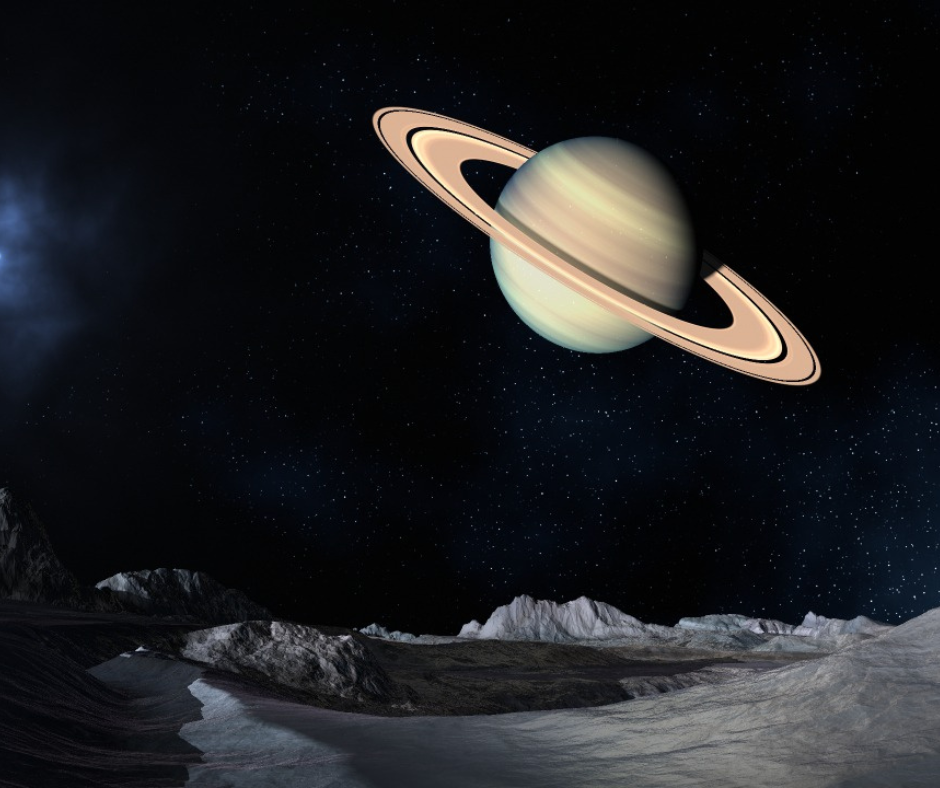
‘Saturn has rings made of graphite The heat and the pressure rain diamonds so bright’
Explore Rings Snap glowsticks to activate then using the connector, attach the ends to form a bracelet.
Count bangles as you slowly slide them onto the student’s wrist. Can the student count the bangles as they slide them onto your wrist?
Can the student name the colours of each bangle/glowstick?
Can the student use their fine motor skills to twist pipe cleaners into rings?
Alternative Activities
- Scatter silver confetti/stars/glitter from above within the explorer’s eye line to re-create the effect of diamonds falling from the sky. Dim the lights and shine the torch as the items fall.
- Present a hula hoop for exploration. Model twirling the hoop around your waist or take turns rolling it to one another
You might like:
‘Journey into Space – A Multisensory Exploration of the Solar System
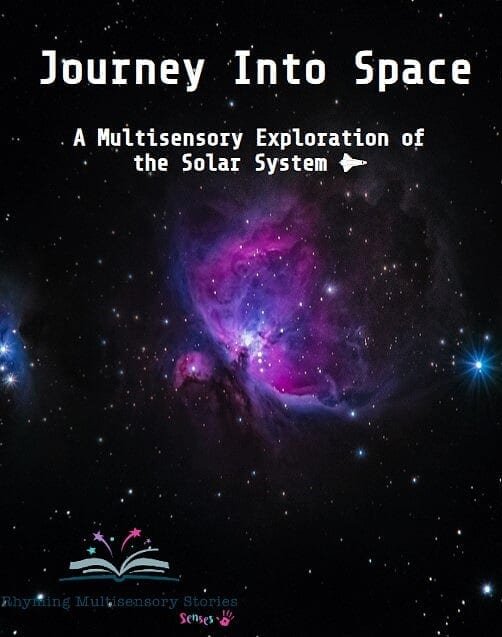
14th-20th November: UK Parliament Week

Activity Ideas
Hold a classroom debate!
Debating promotes turn taking and listening skills (listening to others’ ideas), supports critical thinking and builds confidence.
Ideas!
- A random topic: ‘Is there life on other planets?’
- A current affair: ‘Climate change’ or ‘Who shall run for Prime Minister?’ Maybe two students could run as candidates. Can they hold an Q & A session with their class peers as the audience?
- Alternatively, write a variety of different topics onto slips of paper, place into a bag for students to randomly select one a topic to debate for a set amount of time then choose another.
On a sensory level, support your students in having a voice to express their likes, dislikes and sensory preferences. Teaching rejection is equally important.
Provide plenty of opportunities for students to make choices (this could be at snack/lunchtime, through play and in the materials they use for art and craft activities)
18th-26th November: Hanukkah

Celebrate the Jewish festival of lights.
Enjoy Traditional food
Potato pancakes, doughnuts, and fritters.
Play a Dreidel Game
Dreidel’s can be bought cheaply on the internet and used each year.
Make an Edible Menorah
You will need
- Banana
- Breadstick
- Chocolate Spread/Yellow Buttercream/Yellow icing
Method
- Cut a banana into thick round slices. A slice of banana will form the base of your Menorah. 2. Dip the end of a piece of breadstick into chocolate spread or yellow buttercream/icing (this will be you flame)
- Place the other end of the breadstick into the middle of the banana slice (this will be your candle)
Make a Hannukah Sensory Bag
- Place items related to the festival into a non-see-through bag: candles, gold coins, star shaped objects (playdoh cutters), LED candles, tinsel, cinnamon sticks, apples, pretzels.
- Give the bag a gentle shake to gain the student’s attention.
- Invite the student to place their hand into the bag and select an item.
- Encourage the student to use their sense of smell, touch, hearing and taste to guess what the item is. (If the student is unsure then provide plenty of clues.)
Build Functional Language Skills
- Ask the sensory explorer to tell you or show you what you might do with the item and where you might find it. If the sensory explorer is unsure, model what to do with the item and see if they can copy your action.)
- Allow the sensory explorer time to explore the item and process the information then shake the bag again for them to select another item.
- Keep language simple.
- Focus on phrases such as ‘Choose’ or ‘Take one’ when presenting the bag to the sensory explorer.
- Focus on the name of the object e.g., ‘pretzel’, ‘candle‘, and two-word phrases e.g. ‘Red apple’
For more information about Sensory bags Click here
25th November 1915: Physicist Albert Einstein Announces His Theory of Relativity

Physicist Albert Einstein announces his Theory of Relativity describing the nature of gravity.
Activities
Explore Gravity
‘The bigger the mass of an object is the greater its gravitational pull’
- Tie items of different sizes (e.g., Lego brick, action figure, doll, weights, cotton wool, a sponge, to a balloon then drop the balloons from the same height. Time how long they take to fall.
- Bounce on a trampoline
- Watch a slinky travel down a set of steps/stairs
- Pour water
- Play ‘catch’ using balls and beanbags
- Place items (e.g., plastic toy fruit/pom poms/balloons/ping pong balls) onto a parachute then move the parachute up and down to watch and feel the items as they fall.
27th November-5th December: National Tree Week

National Tree Week
Plant a Tree from a Seed
Trees absorb carbon dioxide and produce oxygen help to clean the air by absorbing pollutants.
Head into your school/setting grounds or the local park/greenspace and look for tree seeds, nuts and cones.
Tree Seeds: Apple Pip, Ash, Common Lime, Maple, Sycamore
Tree Nuts: Acorns, Beech, Hazel, Horse Chestnut, Sweet Chestnut
Tree Cones: Alder, Cedar, Cypress, Pine, Silver Birch.
Plant the seeds, nuts and cones into soil, water, and place on a sunny windowsill. Transplant outdoors when they start to shoot.
Health & Safety Advice
Wear gloves and do not ingest the seeds, nuts, or cones.
Plant a Pinecone
This is a wonderful activity can be done indoors.
You will need:
- A small plant pot
- A pinecone
- Soil
- Water
- A sunny windowsill
- Fill your pot with soil.
- Plant the base of your pinecone into the soil.
- Water lightly.
- Place on a sunny windowsill.
You will see new growth sprout from the pinecone which can be replanted outdoors in the spring!
Make Bark Rubbings
Place a sheet of paper over the bark. Rub lightly with crayons/chalks or charcoal.
Hug a Tree!
Share a Tree Poem
‘Sitting under an old oak tree
Its branches reach as high as I can see
Have you ever hugged a tree?
Its leaves dapple over me
Feel the rough deep groves in the bark
I love the trees in my park’
November is the last full month of Autumn.
Autumn Sensory Walk
Head outdoors for an Autumn walk or forage around your outdoor learning area:
Find five different items to look at
Find four different items to touch
Find three sounds to listen to
Find two things to smell
Find one items to taste
What to look for in Nature in November Acorns, Apples, Animal Tracks, Apples, Bark, Beech, Berries, Birds, Bracken, Brambles, Bugs Colours, Conkers, Elderberries, Frost, Fruits, Fungi, Geese Greenfinch, Halloween, Hazelnuts, Hedgehogs, Horse Chestnut Tree, Hops, Insects, Leaves, Mist, Moss, Nuts, Oak Tree, Pears, Pinecones, Seeds, Sloes, Squirrels, Starling, Swallows, Sycamore Seeds (‘Spinners’), Tracks, Trees and Twigs.
Autumn Leaves
In November the outdoor areas will be carpeted with leaves.
- Promote gross motor skills, rake, and sweep the leaves!
- See how many different coloured and shaped leaves you can find. Catch the student match the leaves?
- Paint the leaves.
- Make a leaf collage.
You Might Like…
‘Autumn – A Multisensory Exploration’
Explore the sights, sounds, tastes, smells, and textures of Autumn with this fully resourced, step-by-step multisensory story.
Table of Contents:
- Introduction
- Story Props Checklist
- How to Tell a Multisensory Story
- Autumn Full Story
- Autumn Fully Resourced, Rhyming Multisensory Story
- Autumn Themed Sensory Bin
- Let’s Explore…Dormice
- Let’s Explore…Hedgehogs
- Autumn Sensory Walk
- Autumn Food Tasting
- Make a Bug Hotel
- Autumn Leaves Craft Activity
- The Colour of Autumn
- The Sensory Scarecrow
- 40 Autumn Ideas & Inspiration
Just Released!
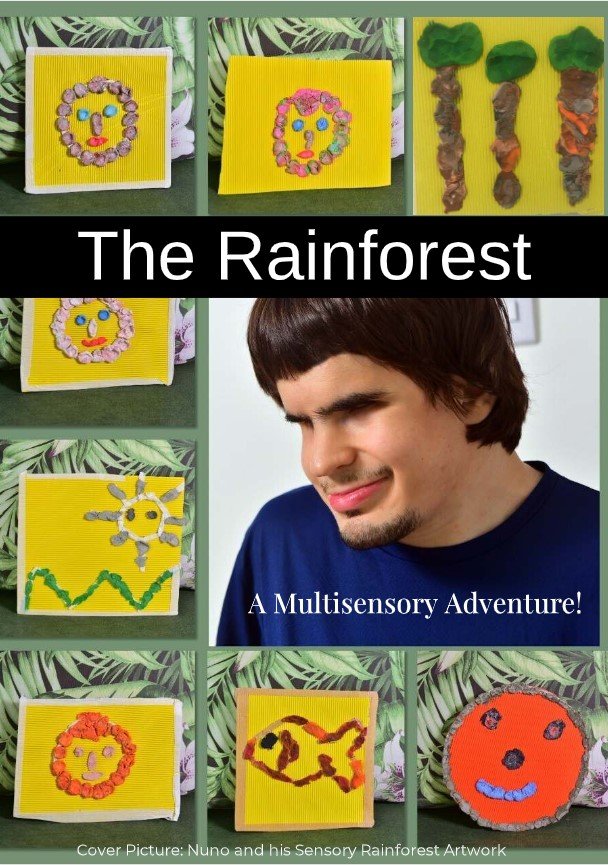
‘The Rainforest’ plus, themed Rainforest Extension Activities linking to areas of the curriculum)
‘I’m trekking through the rainforest, a rucksack on my back Inside I carry shorts, t-shirts, and a waterproof mac Sunblock, lip balm and spray, for the insects that bite A camera, binoculars and a torch, so I can see at night A water bottle, food, and tools for when I set up camp The weather is hot and sticky, humid, clammy and damp’
Join our explorer on their adventures as s/he explores the sights, sounds, smells, tastes, and textures of The Amazon Rainforest with this fully resourced, step-by-step multisensory story/teaching resource plus sensory, rainforest themed activities!
This is a very special resource as all the artwork has been contributed by autistic artists from Manaus in the Amazon Basin and other regions of Brazil. Thank you to everyone involved in this project! Denise Teperine, Meiry Geraldo, Galeria Aut, Theila Rosario Figueira and last but not least to all the talented artists and their families!
• How to tell a Multisensory Story
• The Benefits of Multisensory Storytelling
• Story Props/Resources Checklist
• The Farm Full Story
• The Farm Fully Resourced, step-by-step Multisensory Story
• Farmyard Art
• The Sensory Cow
• Farming Culture & Celebrations Around the World
• D & T
• D & T Food Technology & Healthy Eating
• Trips, Visits & Enrichment Activities
• Traditional Farming Methods
• Farming History: Children on the Victorian Farm
• Farm Themed Literacy
• Farm Themed Mathematics
• Farm Themed Counting Songs & Activities
• Farm Themed Sorting Activities
• Farm Themed Mathematics (Weights & Measures)
• Farmyard PE
• Farmyard Yoga
• Plants & Life Cycles
• Role Play
• Farm Safety
• Farmyard Science
• The Sensory Farm
• The Sensory Farm Classroom Wall Display
• Spotlight on…Fairfield School, Batley, Yorkshire
• Farmyard Small World Play
• Understanding the World Farm Animals
• Amazing Facts About Farm Animals
Want to learn more about multisensory storytelling?
‘An Introduction to Multisensory Storytelling’ Course
Training (1-1, Groups & INSET)
Exclusive offer to Lesson Planned members
Save £5 discount of the price of a 1-1 course when you mention ‘Lesson Planned’ when you book.
Offer ends 31st Aug 2022
Who is the Course Aimed at?
This is a bespoke course aimed at Parents, Guardians, Childminders, Carers, Early Years Educators, Teachers, HLTA’s, TA’s, SENCO’s, Speech Therapists, Play Therapists, Support Workers, Activity Coordinators, Librarians, and anyone with an interest in exploring storytelling through the senses with pre-school, early years, SEN students, SALT students and teenagers/adults with complex needs.
Course Content:
• What is a multisensory story?
• The benefits of multisensory storytelling.
• Sourcing story props.
• Sound effects.
• How to tell a multisensory story.
• Adapting an existing story into a multisensory story.
• Incorporating extension activities into your session.
• Using the story props as a tool for individuals to explore & express their likes, dislikes and sensory preferences, giving them a voice and a choice.
• Case studies
• Extension Activities
• Ideas to stimulate the five main senses.
In addition to this we will explore in depth, a multisensory story of your choice from the latest story catalogue, how to deliver this story and how to use the story props promote communication and areas learning.
You will receive a digital copy of the full resource.
How is the Training Delivered?
The course is delivered as a friendly and informal session via Zoom and can be tailored to meet your training requirements.
Any information you may wish to share regarding the needs of your child/student will be treated in strictest confidence.
How Much Does the Course Cost?
£45 1-1 Training Session
£250 Whole School/Setting INSET
(For smaller group bookings please contact me for a price)
Course Length
The course is 90 mins.
Will I Receive any Course Notes?
Yes. Course summary notes will be sent as a word document.
Course Summary:
- Notes Contents
- What is a Multisensory story?
- The Benefits of Multisensory Storytelling
- Sourcing Story Props
- How to tell a Multisensory Story
- Developing Understanding & Comprehension
- Ideas to Stimulate the Tactile System
- Ideas to Stimulate the Gustatory System
- Ideas to Stimulate the Olfactory System
- Ideas to Stimulate the Auditory System
- Ideas to Stimulate the Visual System
- Extending Learning (Developing Understanding and Comprehension)
- Sensory Bags and
- Sensory Bins
- Useful Links

Are There Any Other Free Resources Included?
Yes
You will receive a free digital download of ‘Listen – An A-Z of Sensory Ideas to Stimulate the Auditory System’.
This comprehensive guide explores fun and engaging sensory ways of stimulating the sense of hearing. The A-Z of sounds is divided into the following categories: Animals, Transport, Musical Instruments & Home. It also includes fun, motivating sensory themed extension activities. This resource is suitable for working with curious pre-schoolers to teenagers with complex needs.
You will also receive a free digital download of your chosen story.
How Do I Book?
email rhymingmultisensorystories@outlook.com or send a message via the chat function on the website or through social media
How Do I Pay?
Payment is accepted through BACS and PayPal.
I am a School/Company/Setting, can you send an Invoice?
Yes. Rhyming Multisensory Stories is fully registered with HMRC and can invoice.
Will I Receive a Certificate?
Yes. You will receive a digital certificate of completion
Get in Touch!
Your questions, queries, comments & feedback are always welcome!
Lesson Planned Store
Email: rhymingmultisensorystories@outlook.com
Website: www.rhymingmultisensorystories.com
Facebook Page: Rhyming Multisensory Stories
Facebook: Victoria Navin RMSS
LinkedIn: Victoria Navin Rhyming Multisensory Stories
Twitter: @RhymingStories
Instagram: rhyming_multisensory_stories
MySpace: Rhyming Multisensory Stories
Tumblr: rhymingmultisensorystories
Reddit: sensorystories
Pinterest: Rhyming Multisensory Stories
YouTube: Rhyming Multisensory Stories
Health & Safety Advice & Disclaimer
Please Read Before Engaging in any of the Activities
- The author has used their best efforts in preparing the information on this website and makes no representation or warranties with respect to the accuracy, applicability, fitness or completeness to the contents.
- The information is for pleasure purposes only.
- If you wish to apply any ideas and activities contained in this blog, on the website or in any of the multisensory stories or resources, you are wholly responsible and take full responsibility for your actions.
- The activities are designed to be led and supervised by a responsible adult at all times.
A Note on Allergies/Intolerances
- If you have any doubts regarding any activity or prop used, then seek advice before starting.
- Be aware of potential choking hazards.
- Check the ingredients in any items you may be using for any potential food or skin allergies or respiratory reactions. If you see any signs of redness, swelling or other symptoms of a suspected reaction seek immediate medical advice.
- The interactions should be led by the sensory explorer who should be allowed to participate without expectation.
- Never force stimuli and stop the activity if the story explorer shows signs that they are not enjoying the session.
Your questions, queries, comments and feedback are always welcome!
Contact me via email
rhymingmultisensorystories@outlook.com
or send me a message via social media:)
‘Have a great month…see you in December’
Victoria:)

